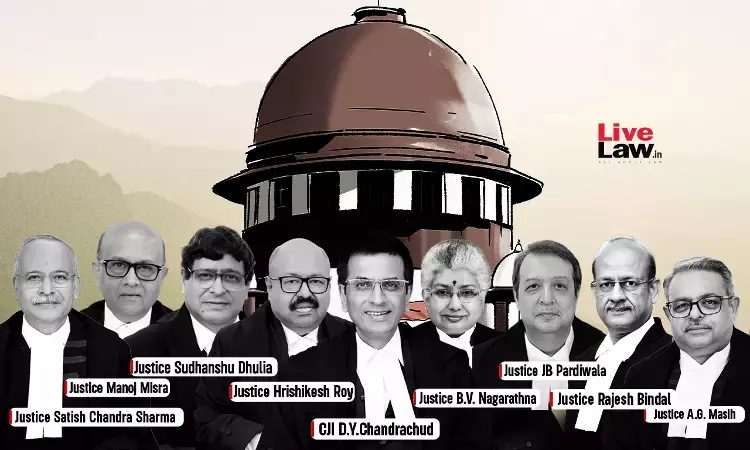A Supreme Court 9-Judge Constitution bench on Thursday (April 25), while hearing the issue of interpretation of Article 39(b), pondered whether the legislature needed to pass necessary amendments to delete a provision from the statute book after it has been struck down by the Court as unconstitutional.The matter is being heard by a bench of Chief Justice of India DY Chandrachud,...

